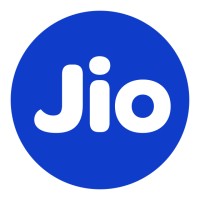
Jio
Make a new start. A start that will build beautiful relationships, shape millions of ideas. Enable a new way to live, learn, work and play. At Jio, we build products and services of the future to empower billions of Indians make their dreams a reality. Jio is about YOU. Join the movement to make India Digital. Chat on MyJio App: http://tiny.jio.com/chat1 Chat on WhatsApp: http://tiny.jio.com/LiveChat






